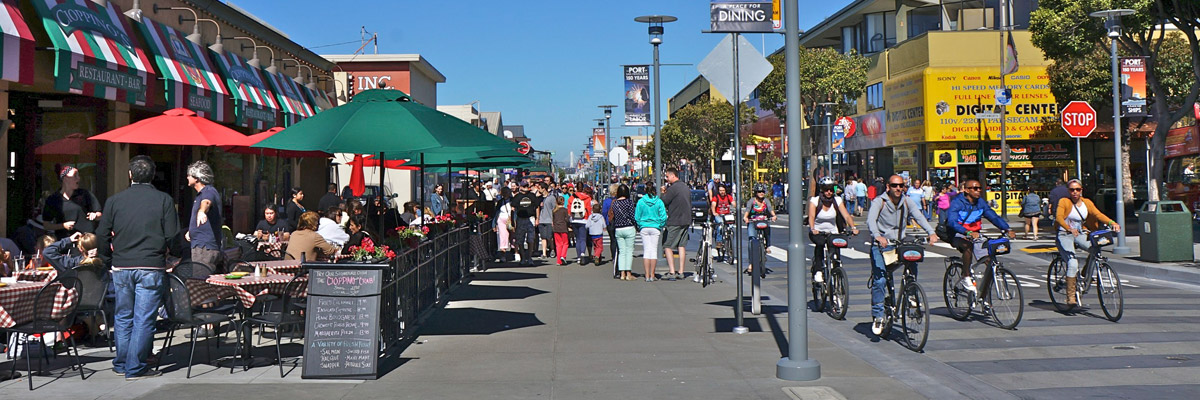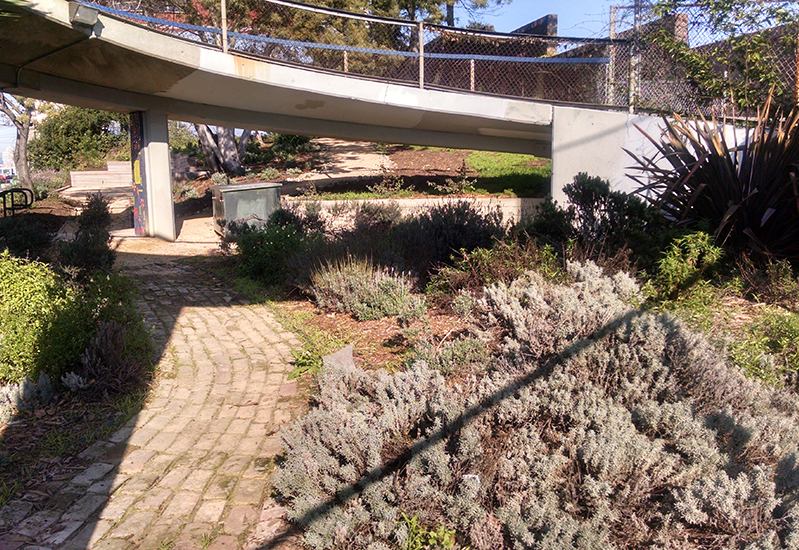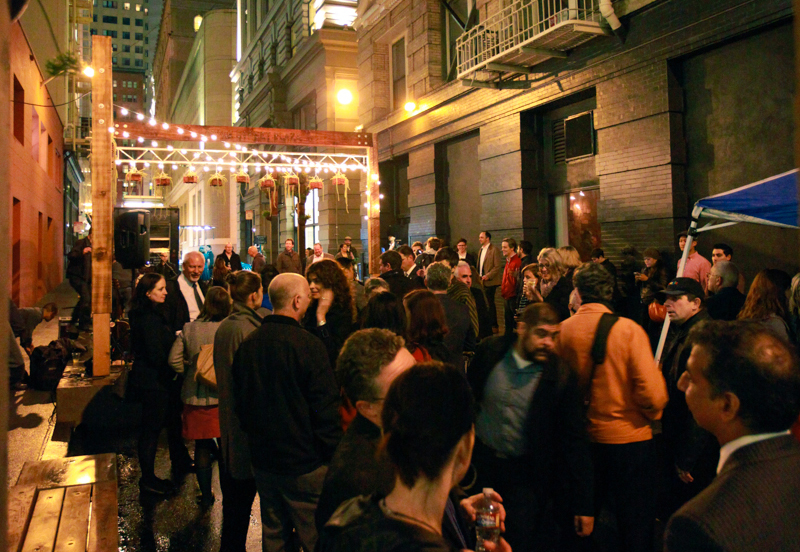BACKGROUND INFORMATION
Like most states, California law allows for the formation of special assessment districts - areas in which property owners agree to pay assessments for additional services beyond what their local government already provides as a baseline*. This section of the guide discusses self-governing assessment districts as a model for public space management.
Community Benefit Districts
The Community Benefit Ordinance of 2004 (Article 15 of the San Francisco Business and Tax Regulations Code) provides authority for the City to augment and modify the assessment district procedures outlined by state law. The Community Benefit Ordinance creates a localized framework for the city to provide services focused on landscaping, improvements and maintenance in public realm areas through CBDs.
The process for forming a CBD involves multiple phases:
- FORMATION:
- First, the community must create a management plan that outlines the goals, boundaries, services, and assessment methodology for their proposed district.
- The CBD plan must be approved by the City Attorney’s office.
2. PETITION:
- Next, the community launches a petition process to obtain the Board of Supervisors’ approval to initiate a ballot. The petition must be signed by 30% of property owners, weighted by individual property owners’ contributions to the district budget. (For example, that if the CBD’s annual assessments were to total $150,000, the petition must be signed by property owners representing $45,000 worth of assessments in the proposed district.)
- Board of Supervisors must approve the ballot request.
3. BALLOT:
- If the petition phase demonstrates sufficient support and the Board of Supervisors approves, an assessment ballot proceeding is launched.
- The Department of Elections issues a ballot. For the district to be formed, 50% plus one of the returned weighted ballots must be in favor.
- If the ballot this required mark, the Board of Supervisors adopt an ordinance to levy assessments on the benefiting parcels, officially forming the CBD.
Assessment funds are administered by a nonprofit organization established to lead provision of services within the district. At a citywide level, the CBD program is operated by OEWD. The format of CBD structures varies from state to state, and similar programs may go by other names in other cities, depending on their legal framework for formation and governance. Other names used in other cities include: business improvement area (BIA), business revitalization zone (BRZ), community improvement district (CID), special services area (SSA), or special improvement district (SID).
Green Benefit District
A Green Benefit District (GBD) is a new type of special assessment district designed to facilitate community investment in green infrastructure, such as tree-lined streets, parks, and gardens. GBDs are similar to CBDs, and they are authorized under the same state legal frameworks. GBDs are specifically geared towards residential rather than commercial districts, and they are focused on the management of neighborhood open spaces.
The non-profit organization UP Urban, inc. is currently working with stakeholders in the city’s Dogpatch and Northwest Potrero Hill neighborhoods to launch California’s first-ever GBD. More information is available in the detailed case study on page 53.
STRENGTHS
Effective special assessment districts can provide communities with many important and desirable outcomes, such as cleaner, safer, and more attractive and lively public spaces. The special assessment district framework provides a steady and reliable funding source for these types of services, which can often yield additional benefits for neighborhood stakeholders, including increased property values, improved retail sales, and lower commercial vacancy rates. Because of their narrow geographic focus, special assessment district organizations are uniquely positioned to respond quickly to the changing needs of the communities they serve.
WEAKNESSES AND LIMITATIONS
The local focus of special assessment districts is not without drawbacks. Establishing a new assessment district can be time and resource intensive, requiring extensive outreach to property owners and culminating in legislative action.
Also, the neighborhood-level approach of a special assessment district necessarily lacks a citywide vision. A special assessment district framework cannnot to lead to effective decision making about resource allocation for public spaces across the entire city.
Further, equity is an issue, as special assessment districts in economically thriving neighborhoods will be much better equipped to leverage the resources required for public space stewardship than those in high need areas.




